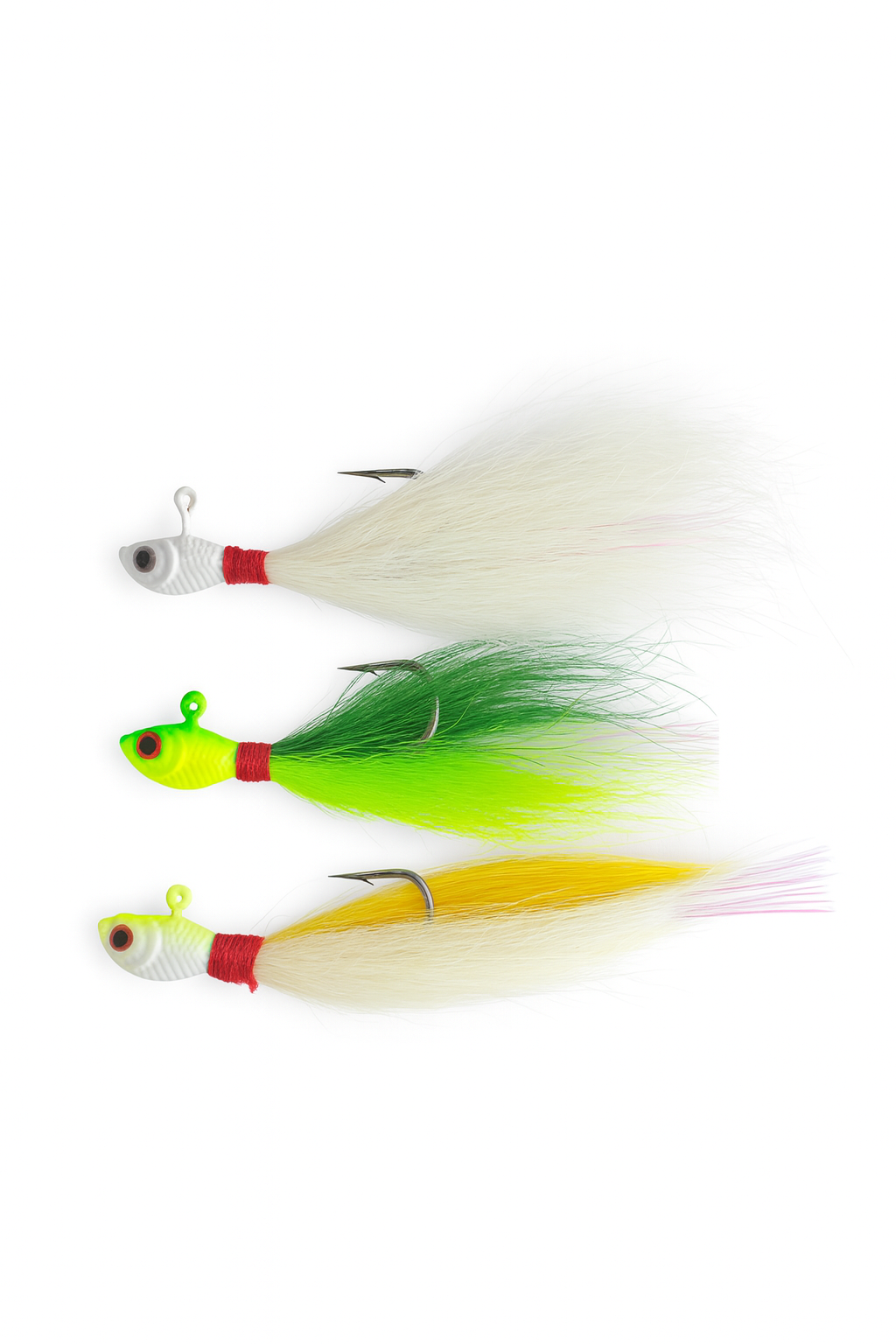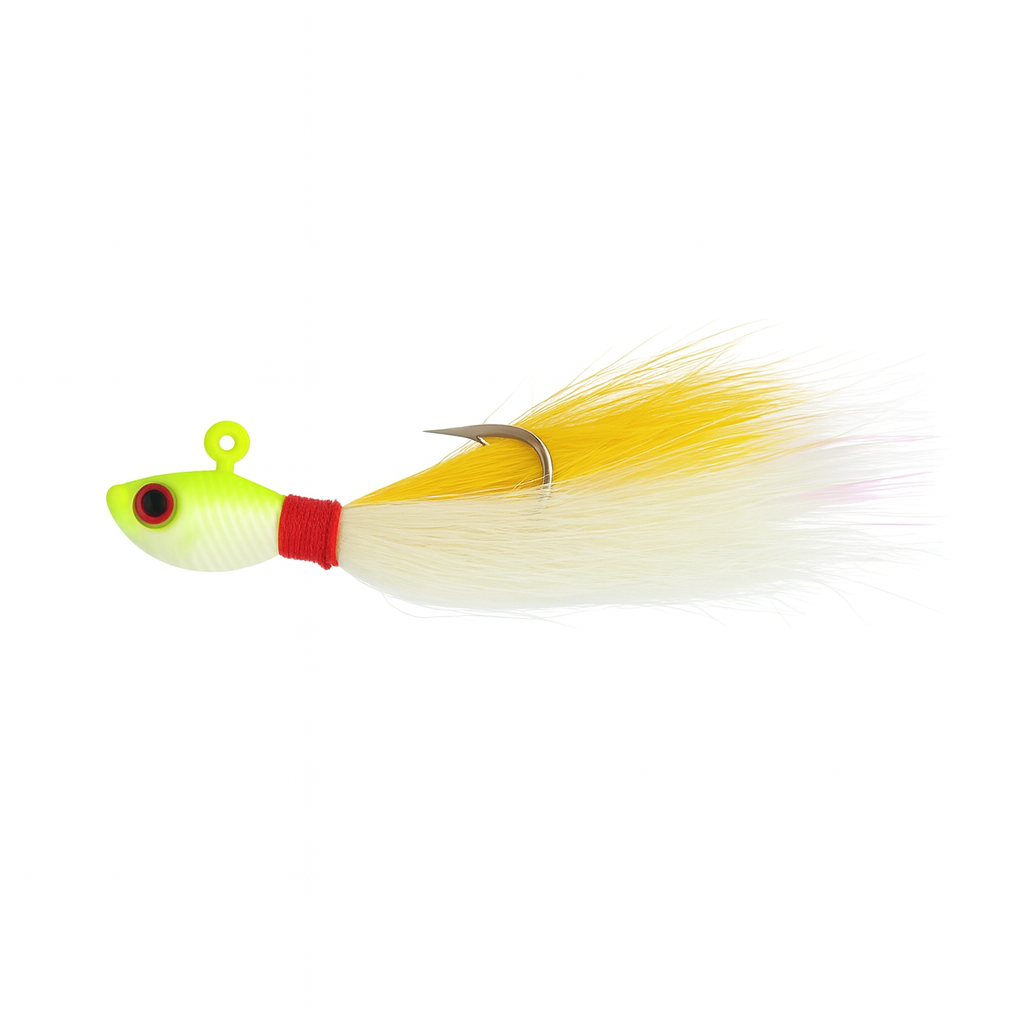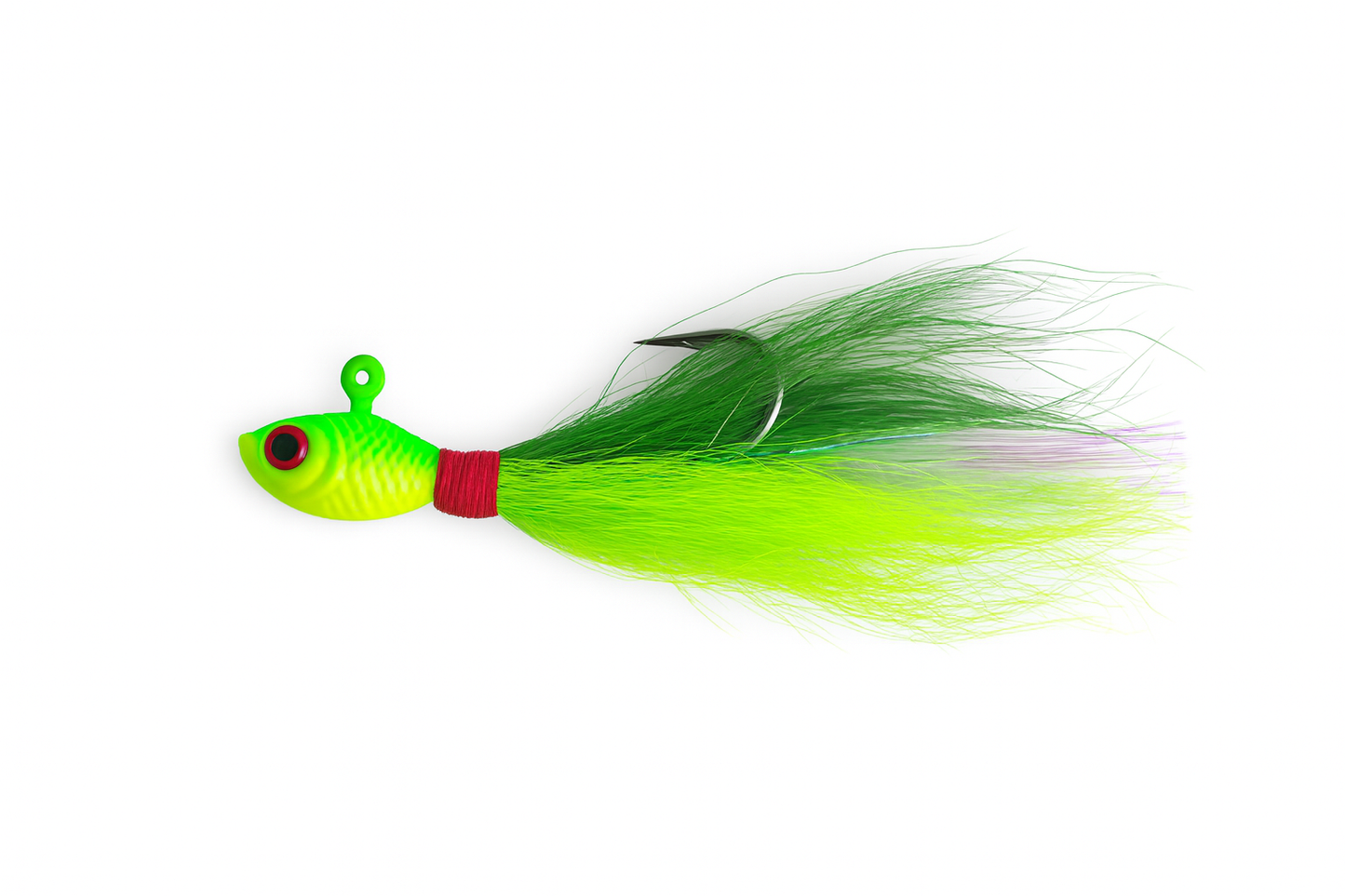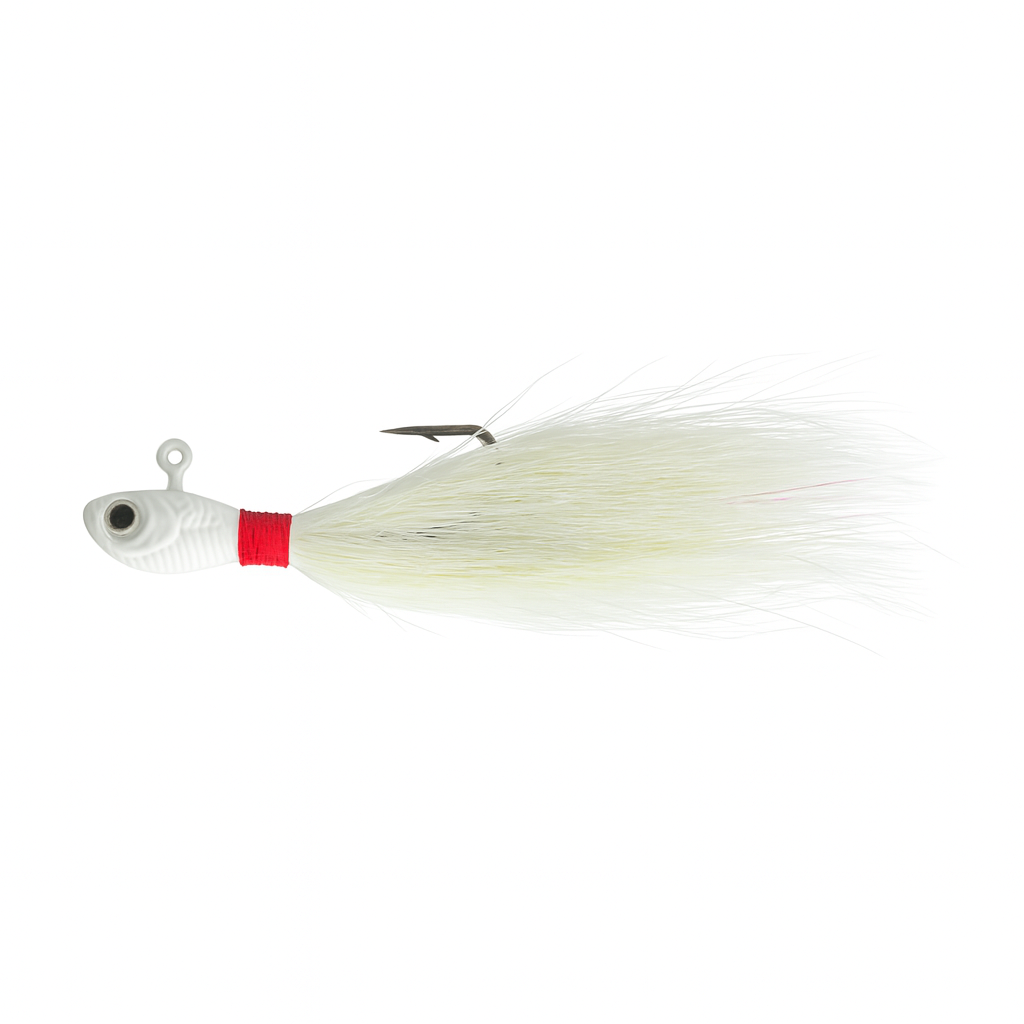How to Catch Sheepshead with Fiddler Crabs | Outshore Gear
Share
Understanding Sheepshead
Sheepshead are one of the most unique saltwater fish found throughout Southwest Florida’s inshore waters. Their black-and-white vertical stripes have earned them the nickname “convict fish,” and you’ll usually find them clinging to structure—pilings, docks, bridges, and rock jetties—anywhere barnacles and crustaceans thrive. Unlike most inshore species, sheepshead don’t chase flashy lures or live minnows. Their diet consists almost entirely of crabs, barnacles, shrimp, and small shellfish, which is exactly why fiddler crabs make such perfect bait.
When to Target Sheepshead
In Southwest Florida, the best time to target sheepshead is from late fall through early spring, roughly November through March. As the water cools, they migrate inshore and school up around structures to spawn. During these cooler months, you can fill a cooler quickly once you locate them. Sheepshead feed most actively on a falling tide when the current pulls crustaceans off the pilings. Clear water and calm conditions help, but overcast skies can also make them less cautious and more willing to bite.
Choosing and Rigging Fiddler Crabs
Fiddler crabs are the go-to bait for sheepshead fishing. They’re small, hardy, and naturally abundant in the same areas sheepshead feed. You can collect them around salt marshes and mangrove roots during low tide, or simply buy them at most bait shops around Cape Coral, Pine Island, or Fort Myers Beach. When rigging one, remove the large claw and thread your hook through the side of the body just behind a leg joint. This keeps the crab intact and alive longer, allowing it to move naturally in the current.
Because sheepshead crush their food rather than inhaling it, a strong, sharp hook is essential. A 3/0 Circle Hook is ideal. It’s small enough to fit inside their mouth but strong enough to pull a heavy fish away from structure. Circle hooks also set themselves as you reel, which helps avoid gut hooks and ensures a clean corner-of-the-mouth catch every time.
Building the Right Rig
Most anglers use a simple bottom rig when targeting sheepshead with fiddler crabs. Slide a half-ounce to one-ounce egg sinker on your main line, tie on a small swivel, then attach an 18 to 24 inch section of 20 to 25 pound fluorocarbon leader with your circle hook at the end. This setup keeps your crab near the bottom where sheepshead feed while maintaining enough sensitivity to feel light bites. The knocker rig is another excellent option when fishing right against pilings or rocky structure because it keeps the weight tight to the bait and helps reduce snags.
Use a medium-light spinning rod with a sensitive tip so you can detect even the faintest peck. Sheepshead bites often feel like nothing more than a small tap. When you sense it, resist the urge to swing hard—simply reel down and lift the rod smoothly. The circle hook will slide into position and lock in naturally.
Finding the Right Spots
Structure is everything when fishing for sheepshead. In Southwest Florida, productive areas include bridge pilings, residential docks, seawalls, and rock jetties. The Matlacha Bridge, Sanibel Causeway, and Edison Bridge are all reliable spots that hold fish throughout the season. If you have a small boat or kayak, you can also explore nearshore rock piles and artificial reefs that attract larger sheepshead schools. Drop your bait straight down along the structure and keep it steady in the current. The closer you are to the structure, the better your chances.
Tips for Success
Patience is the name of the game when targeting sheepshead. These fish are notorious for stealing bait, so expect to miss a few. Check your bait often—fiddler crabs can be picked apart in seconds without you feeling a thing. Keep your drag light so the fish can run without breaking the line, especially when they dart for cover around pilings. Many anglers also like to scrape barnacles off the pilings to chum the area. The falling bits of shell and crab create a feeding frenzy that can pull sheepshead in fast.
Cleaning and Cooking Sheepshead
Sheepshead are not only fun to catch—they’re excellent on the table. Florida regulations currently allow eight per person with a minimum size of twelve inches, but always double-check current rules before keeping fish. Their firm, white fillets hold together beautifully when grilled or pan-fried. Because they have thick rib bones, use a sharp fillet knife and follow the backbone closely, trimming around the rib cage. Many anglers prefer to remove the skin for a cleaner flavor. A simple recipe of lemon, butter, and light seasoning is all you need to bring out their sweet, mild taste.
Final Thoughts
Fishing for sheepshead with fiddler crabs is one of the most rewarding inshore experiences in Southwest Florida. It takes patience, precision, and a little bit of finesse, but once you master the subtle bite and the perfect hookset, it becomes addictive. Whether you’re working the docks in Cape Coral or fishing the pilings under the Sanibel Causeway, you’ll appreciate the challenge these clever fish provide.
Before your next trip, make sure to stock up on reliable tackle. A pack of Outshore Gear 3/0 Circle Hooks paired with a bucket of lively fiddler crabs is all you need to put a few of these bait thieves in the cooler this season.
Shop Now: 3/0 Circle Hooks – Outshore Gear
Outshore Gear – Tackle built for the backwater, the bridges, and beyond.






